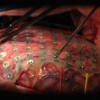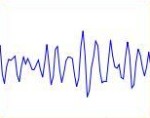Most professionals and researchers in the field of neurofeedback are familiar with the now classic neurofeedback study by Barry Sterman entitled, “Electroencephalographic and Behavioral Studies of Monomethyl Hydrazine Toxicity in the Cat.” This is perhaps one of, or the most, important studies to be conducted in neurofeedback. The Journal of Neurotherapy has made this important […]








Recent Comments